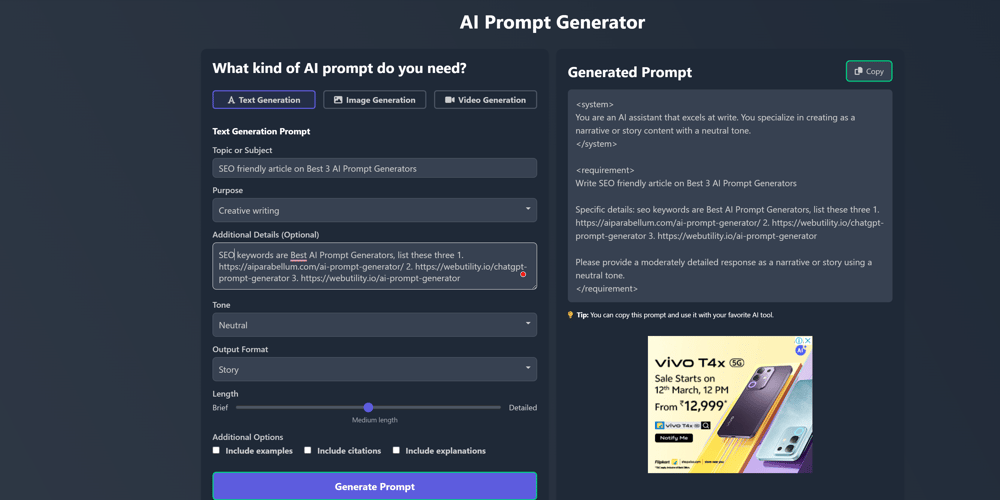Transformig a Fintech Investment Platform: From PHP to Java (Spring Boot)
Project Overview Legacy code can be a major challenge for fintech platforms, particularly when dealing with aging PHP systems that are difficult to maintain and scale. To address these issues, we refactored an investment platform from PHP to Java, leveraging Spring Boot and SOAP-based APIs for improved reliability, performance, and maintainability. In this article, we will walk through the design patterns used, the project structure, and key code examples—all in a way that even those without deep software development experience can understand. Key Objectives Why Refactor from PHP to Java? PHP is widely used for web applications but can present challenges when scaling enterprise-grade financial platforms. The main reasons for refactoring include: ✔️ Improved Maintainability – Java's object-oriented nature makes managing large codebases easier. ✔️ Performance Optimization – Java is better suited for high-performance applications with large-scale transactions. ✔️ Better Security – Java provides strong security features, which are crucial in fintech applications. ✔️ Scalability – Spring Boot enables microservice architecture, allowing for better modularity and scaling. To facilitate a smooth transition, we designed a new platform structure incorporating design patterns that promote clean, reusable, and scalable code. Also the API's are designed in Java using SOAP protocol. Full Project Template with SOAP API Implementation (Java + Spring Boot) This comprehensive manual will guide you through building the new investment platform using Java (Spring Boot) with SOAP API endpoints and the design patterns we discussed.

Project Overview
Legacy code can be a major challenge for fintech platforms, particularly when dealing with aging PHP systems that are difficult to maintain and scale. To address these issues, we refactored an investment platform from PHP to Java, leveraging Spring Boot and SOAP-based APIs for improved reliability, performance, and maintainability.
In this article, we will walk through the design patterns used, the project structure, and key code examples—all in a way that even those without deep software development experience can understand.
Key Objectives
Why Refactor from PHP to Java?
PHP is widely used for web applications but can present challenges when scaling enterprise-grade financial platforms. The main reasons for refactoring include:
✔️ Improved Maintainability – Java's object-oriented nature makes managing large codebases easier.
✔️ Performance Optimization – Java is better suited for high-performance applications with large-scale transactions.
✔️ Better Security – Java provides strong security features, which are crucial in fintech applications.
✔️ Scalability – Spring Boot enables microservice architecture, allowing for better modularity and scaling.
To facilitate a smooth transition, we designed a new platform structure incorporating design patterns that promote clean, reusable, and scalable code. Also the API's are designed in Java using SOAP protocol.
Full Project Template with SOAP API Implementation (Java + Spring Boot)
This comprehensive manual will guide you through building the new investment platform using Java (Spring Boot) with SOAP API endpoints and the design patterns we discussed.









































































































































































![[The AI Show Episode 142]: ChatGPT’s New Image Generator, Studio Ghibli Craze and Backlash, Gemini 2.5, OpenAI Academy, 4o Updates, Vibe Marketing & xAI Acquires X](https://www.marketingaiinstitute.com/hubfs/ep%20142%20cover.png)



























































































































![[FREE EBOOKS] The Kubernetes Bible, The Ultimate Linux Shell Scripting Guide & Four More Best Selling Titles](https://www.javacodegeeks.com/wp-content/uploads/2012/12/jcg-logo.jpg)



![From drop-out to software architect with Jason Lengstorf [Podcast #167]](https://cdn.hashnode.com/res/hashnode/image/upload/v1743796461357/f3d19cd7-e6f5-4d7c-8bfc-eb974bc8da68.png?#)






































































































.png?#)




.jpg?#)
































_Christophe_Coat_Alamy.jpg?#)








































































































![Rapidus in Talks With Apple as It Accelerates Toward 2nm Chip Production [Report]](https://www.iclarified.com/images/news/96937/96937/96937-640.jpg)








































































































































